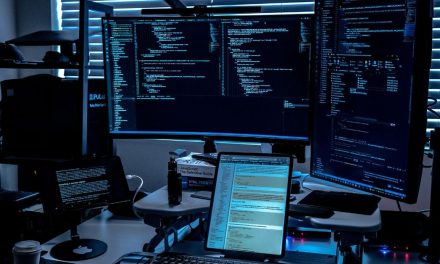Regular cybersecurity training is important because the human element is the number one target for cybercriminals, and threats are constantly evolving. A one-time training session is not enough to build the lasting habits and vigilance needed to defend against modern, sophisticated social engineering attacks.
As of September 5, 2025, for any organization here in Rawalpindi or across Pakistan, the greatest security risk is not a flaw in a firewall, but a well-meaning employee who is tricked into clicking a malicious link. Regular, ongoing training is the single most effective investment a business can make to transform its biggest vulnerability into its strongest defense.
1. The Human Element is the Primary Target
Hackers are pragmatic; they follow the path of least resistance. It is far easier and more effective to trick a person than it is to breach a multi-layered technical security system.
- The Reality: The vast majority of all successful cyberattacks, from ransomware to major data breaches, begin with a phishing email or another form of social engineering. Attackers know that a single employee who gives away their password can provide the key to the entire corporate kingdom.
- Why Regular Training Matters: Regular training builds and reinforces the healthy skepticism needed to combat these attacks. It moves beyond a simple understanding of what phishing is and helps to create the reflexive, ingrained habit of scrutinizing suspicious emails and verifying unusual requests.
2. Threats are Constantly Evolving
The cyber threat landscape is not static. The scams that were common last year are not the same ones that are effective today.
- The Reality: Cybercriminals are constantly innovating. In 2025, we are seeing a rise in highly sophisticated, AI-powered phishing emails and deepfake voice scams that are incredibly difficult to detect. A training program from 2023 would not adequately prepare an employee for these modern threats.
- Why Regular Training Matters: An ongoing training program can be continuously updated to address the very latest attack techniques. It ensures that employees are being educated on the current, real-world threats they are most likely to face, from the latest prize scams circulating in Pakistan to new, sophisticated forms of business email compromise.
3. It Builds a Resilient “Human Firewall”
The ultimate goal of training is not just to impart knowledge, but to build a strong security culture where every employee sees themselves as a part of the company’s defense.
- The Reality: A one-time, annual training session is quickly forgotten and often seen as a checkbox-ticking exercise.
- Why Regular Training Matters: A program of continuous, bite-sized training—such as a short monthly video or a regular, simulated phishing test—keeps security top-of-mind. Phishing simulations, where safe, fake phishing emails are sent to staff, are particularly effective. They provide a safe environment for employees to make a mistake, learn from it, and build the “muscle memory” needed to spot a real attack. This transforms the workforce from a passive target into an active, resilient “human firewall.”
4. It is a Requirement for Compliance and Insurance
In the modern business environment, regular security training is no longer just a best practice; it is a requirement.
- The Reality: Many data protection regulations and industry standards, such as PCI DSS (for payment cards) and ISO 27001, explicitly mandate that organizations provide regular security awareness training for all employees.
- Why Regular Training Matters: Cyber insurance providers in 2025 will almost certainly require proof of an ongoing security awareness training program before they will issue or renew a policy. A failure to provide this training can be seen as negligence and can be grounds for a claim being denied.





